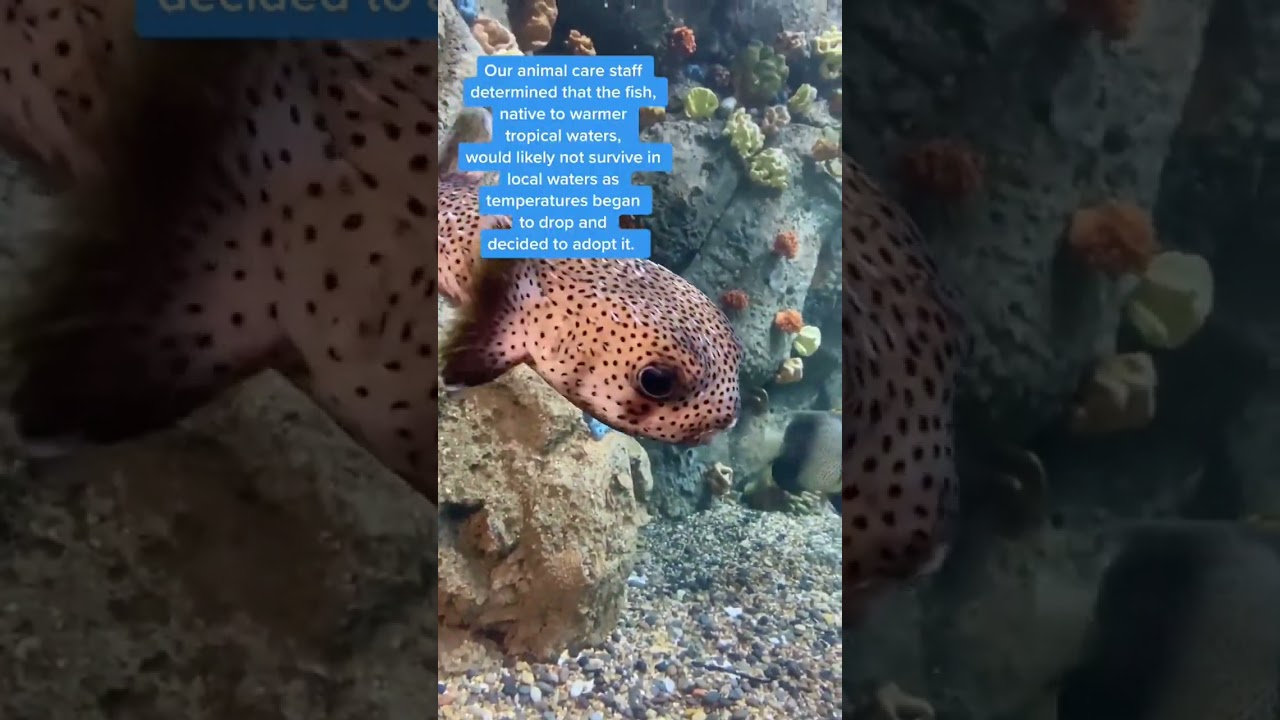- Introduction to Meet Fugu! 👁 👄 👁 and its significance in understanding Fugu species, often known as pufferfish or blowfish.
- Exploration of Fugu’s biological characteristics, including its unique defenses and adaptations.
- The role of zoos and aquariums in the conservation of Fugu species, highlighting sustainable practices.
- Challenges faced in managing Fugu populations in controlled environments and their implications on conservation efforts.
- The importance of wildlife conservation and education in promoting awareness and protection of Fugu species.
Meet Fugu! 👁 👄 👁 is more than just a whimsical entry in the aquatic exhibit world; it serves as a gateway to a deeper understanding of the fascinating Fugu species, known colloquially as pufferfish or blowfish. Pufferfish are a small family of fish famous for their ability to inflate their bodies as a defensive mechanism when threatened. This trait, along with their distinct biology, makes them a subject of immense interest for zoologists and a challenge for zoo management and wildlife conservation efforts alike.
Pufferfish belong to the family Tetraodontidae, which includes around 120 species. They are distributed across warm waters, from the Indian Ocean to the Pacific, and are often found in coral reefs, the open ocean, and even some freshwater environments. What sets Fugu apart is their highly specialized anatomy. Their most well-known adaptation, the ability to puff up, is facilitated by an elastic stomach that can quickly ingest large amounts of water or air, transforming the fish into a spiky ball that deters predators. This ability is crucial for survival, compensating for their generally slow speed and lack of physical defense mechanisms.
In addition to their inflatable bodies, Fugu species are infamous for their potent toxin, tetrodotoxin (TTX), which is present in certain organs, such as the liver and ovaries. Tetrodotoxin is an extremely potent neurotoxin, and in high doses, it can be lethal to humans and other animals. Despite this, in countries like Japan, certain Fugu species are considered a delicacy, provided they are prepared by expert chefs who can remove the toxic parts safely. This aspect of pufferfish highlights the fascinating balance between danger and beauty inherent to these creatures.
Zoos and aquariums play a critical role in the conservation of Fugu species. By maintaining Fugu in controlled environments, these institutions provide a unique chance to observe their behavior under safe conditions, contributing to scientific research and education. Conservation strategies for Fugu species, much like other wildlife efforts, emphasize sustainable practices. These include breeding programs that aim to understand their reproductive biology and reduce the impact of wild capture, which can lead to population declines.
Managing Fugu populations within zoos and aquariums is fraught with challenges that stem from their particular biological needs and potential hazards associated with their toxin. Caregivers must replicate natural habitats as closely as possible, accounting for water quality, temperature, and space requirements to support their health and well-being. Additionally, special care must be taken during feeding, as improper diets can lead to the accumulation of toxins in non-predatory environments. Such intricacies require expertise and dedication to maintain the safety of both the Fugu and their handlers.
The conservation of Fugu species is a microcosm of broader wildlife conservation efforts, illustrating the importance of education initiatives to raise awareness about the ecological and cultural significance of these creatures. Public engagement through educational programs at zoos and aquariums can inspire appreciation and understanding, fostering a culture of conservation among visitors. By spotlighting Fugu, these institutions highlight the delicate balance of ecosystems and the impact humans have on biodiversity.
Conservation education extends beyond mere awareness; it involves empowering individuals with knowledge to support sustainable practices in their communities. Through docent-led tours, informative displays, and interactive experiences, visitors gain insights into the challenges faced by Fugu species in the wild, such as habitat degradation and overfishing, motivating action and change.
In essence, Meet Fugu! 👁 👄 👁 represents not just an opportunity to experience a captivating species but serves as a reminder of the critical role humans play in preserving the planet’s biodiversity. By engaging with the scientific community and general public, zoos and aquariums enhance conservation efforts, ensuring that Fugu and other endangered species continue to thrive for future generations.
*****
Source Description
Meet Fugu! 👁 👄 👁


